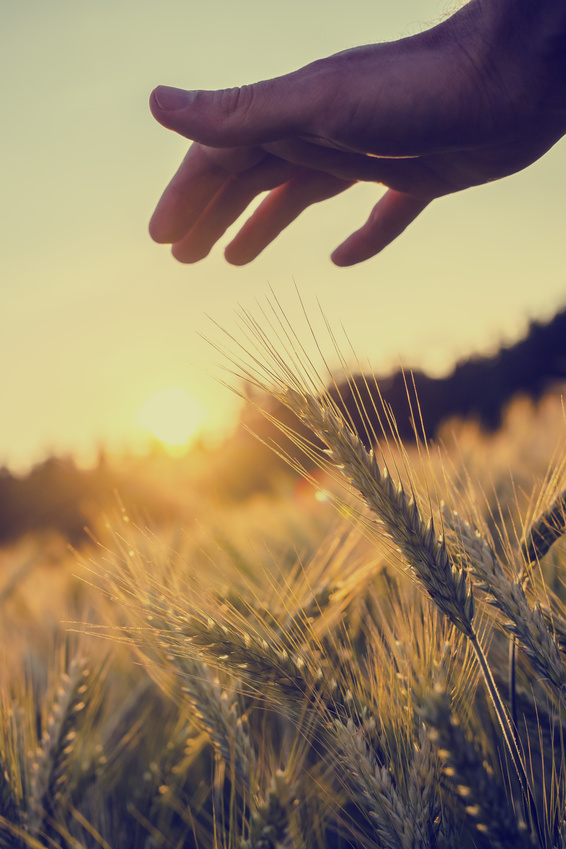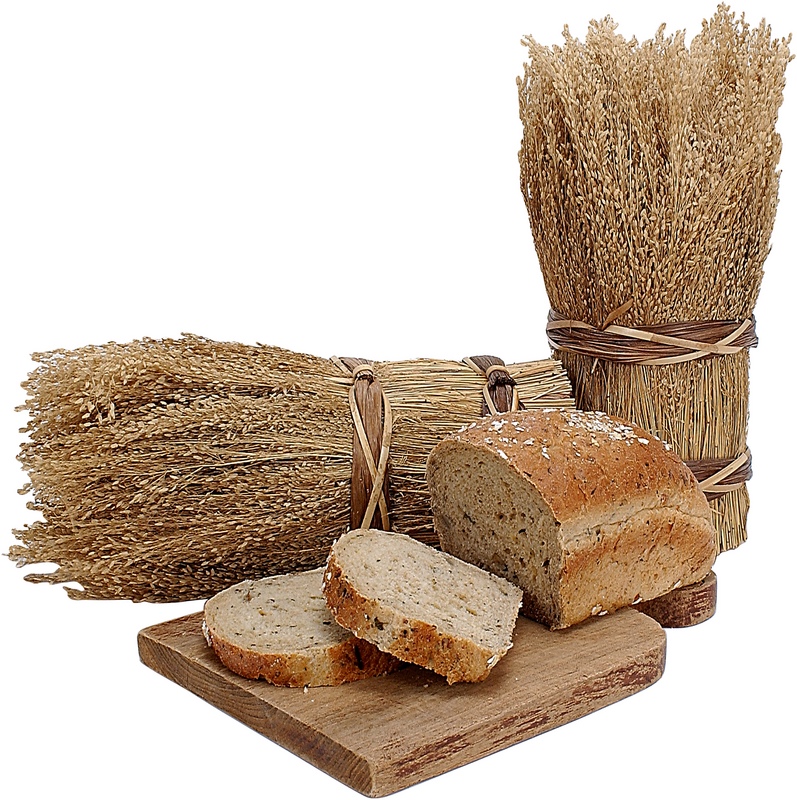Share This
Two weeks ago we gathered with professional chefs, home bakers, millers, and industry experts to attend Peter Reinhart’s International Symposium on Bread. With topics ranging from sourdough’s 6000-year history, to the story of a miller reconnecting farmers and bakers, we heard from a cast of amazing speakers across the professional spectrum, all lending their experiences to a common theme: The future of bread lies in its past.
Finding the Future in Bread’s History
From flatbreads to leavened loaves, from small-scale production to an industrialized commodity – bread, in all its forms, has remained a keystone of survival, with most major civilizations built on its crumb. There is evidence that flatbreads were part of the human diet even before the agricultural revolution and the development of cultivated crops. Those building the pyramids were fueled by bread, and Ancient Romans kept control of their vast empire with it, by allocating wheat for bread baking to every citizen. By the mid- to late-18th century, Frenchmen were eating 3lbs of bread a day. When the price of bread skyrocketed – well, we have all heard of Marie Antoinette.
To understand the future of bread, Dr. Eric Pallant, from Allegheny College, walked us through the story of its past. Leavened bread of old began with sourdough – an active mix of yeasts and bacterium kept happy in a bath of flour and water. During the fermentation process, these yeasts eat the sugar found in flour, producing alcohol and carbon dioxide. These gases are what is trapped inside a loaf when it begins to bake, enabling it to rise. Most speculate sourdough’s discovery was a mistake. Eric wove a convincing tale of a mother with too much to do forgetting a simple porridge out in the sun. Then out of frustration, or perhaps just on a whim, he imagined her throwing the bubbly concoction into the fire and watching in surprise as the sticky mess magically began to rise.
Sourdough reigned supreme in the world of bread for centuries, especially in Europe, until 1857 when Louis Pasteur identified the specific yeast cells that were making bread’s rise possible. This discovery would prove sourdough’s downfall. Commercialized active dry yeast, a direct result of Pasteur’s work, sped up the rising process and made fermented starters obsolete in commercial bakeries. Together with industrialization that allowed for efficiency at every stage of a loaf’s life, and milling technology that allowed the bran and germ to be stripped from the grain, bread quickly became highly refined, uniform, and inexpensive.
The Changing Face of Bread and Its Baker
Released from the fields and the kitchens, we are no longer tied to making daily loaves to feed our families. But many of us are also no longer satisfied with the bland, white loaves that dominated pantry shelves for much of the last century. Now we have the privilege of turning back to our traditions and heritage, and putting the story of our past back into our loaves.
Growing interest in sourdough bread is not the only blast from the past that the craft of baking is experiencing. Bakers and consumers are beginning to recognize the diversity of grains available and the exciting wealth of tastes they offer. Stanley Ginsburg, “The Rye Guy,” is leading the charge to dispel myths about rye, and educate about the beauty of bread made from this hardy grain. He recognizes consumers’ growing interest in heirloom and ancient grains as a response to the commodification of food, and a quest for new experiences. Today, “it is all about expanding the cultural and sensory experience”.
Stanley credits industrialization with enabling a shift in who is baking bread. No longer a chore done out of necessity, today baking tends to be a chosen passion. There is a commitment from individuals to expanding the boundaries and finding ways to successfully reintroduce diversity into the market.
Jennifer Lapidus, the owner of Carolina Ground, is trying to do just that. Ten years ago when the recession struck, she decided to leave her life as a baker (mostly) behind, and open a stone ground mill operation. She works with local organic farmers, partnering with them to grow heirloom grains on their land, which she then mills into single-variety flours, full of texture and layered tastes.
She sees a future where farmers are, “breeding for performance and breeding for taste,” a change she believes will be fueled by baker demand. By milling flour that connects the farmers to the end product, and bakers to the land, she’s enabling the creation of products that tell a story of community and craft, drawing consumers to the table.
These innovators remind us that inspirations for bread may lie in its past, but the future of bread is rooted firmly in the present. Whether it is creating a new vision of rye from its peasant-bread-and-caraway-studded past, or growing, milling, and baking with flavorful flours from single-source grains, the best bread is being baked now. (Abby)



Comments
Add a Comment